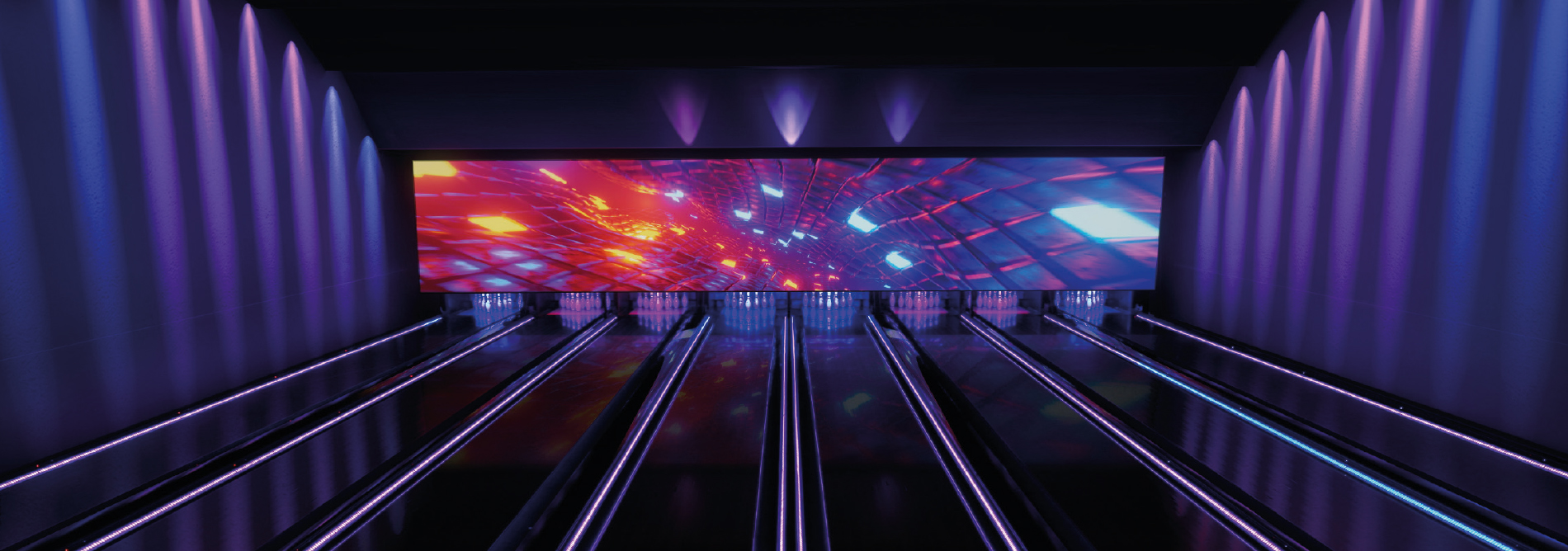A Comprehensive Comparison of Different LED Video Wall Techniques and Their Uses
A Comprehensive Comparison of Different LED Video Wall Techniques and Their Uses
Blog Article
LED video walls are more common in various settings, such as music events, athletic competitions, as well as corporate presentations. These large displays consist of composed of numerous individual LED panels that work together to form a single unified image. There are different types of LED video wall technologies on the market, every having its unique characteristics and benefits. Understanding these technologies can help businesses and entities select the appropriate option for their particular requirements.
A common type of Light Emitting Diode display wall solution is the directly viewed LED. This solution utilizes individual LED units which are placed closely together to create a big display. Directly viewed Light Emitting Diode walls are known for their elevated luminosity as well as vibrant colors, which makes them perfect for outdoor events and well-lit illuminated settings. They also have a wide sight perspective, allowing means that people can see the screen distinctly from different positions. This makes direct view Light Emitting Diode walls a popular choice for sports arenas as well as outdoor festivals.
Another kind of Light Emitting Diode display screen technology is the LED-backlit Liquid Crystal Display. This technology combines conventional Liquid Crystal Display displays and LED backlighting for improved luminosity as well as hue accuracy. LED illuminated Liquid Crystal Displays are commonly used in indoor settings, including retail centers as well as meeting rooms. They provide excellent image quality and are typically more affordable than directly viewed LED walls. However, they may often function as effectively in well-lit settings, since the illumination can sometimes wash out the colors.
A third option is the OLED display screen. Organic Light Emitting Diode solution offers exceptional differentiation as well as hue richness in relation to alternative types of screens. Each pixel in an OLED screen emits its own light, allowing for true blacks and vibrant colors. Such renders OLED display walls particularly appealing for applications that require high-quality visuals, such as art exhibitions and luxury shopping outlets. However, Organic Light Emitting Diode solution can be costlier costly while may often be as luminous as directly viewed Light Emitting Diode screens, rendering it not appropriate for external applications.
Along with these technologies, there are additionally multiple uses for LED video screens. These displays can be utilized for advertising, entertainment, and information display. For example, companies commonly use LED display screens for digital signage to draw in clients and promote goods. Within entertainment, they enhance the visual experience at music events as well as events, providing lively backdrops and engaging images. In corporate environments, Light Emitting Diode video walls can be used for presentations, video meetings, and training programs, helping to led video wall display features convey data through a visually attractive manner.
In conclusion, LED display walls come in various technologies, each having its own advantages as well as uses. Direct view LED screens are ideal for outdoor applications, whereas LED-backlit Liquid Crystal Displays are more appropriate for interior environments. Organic Light Emitting Diode display walls offer exceptional visual quality yet may be at a higher price. Understanding these variations can help entities to make informed choices about which kind of Light Emitting Diode video wall most meets their requirements, whether for advertising, amusement, or business use.